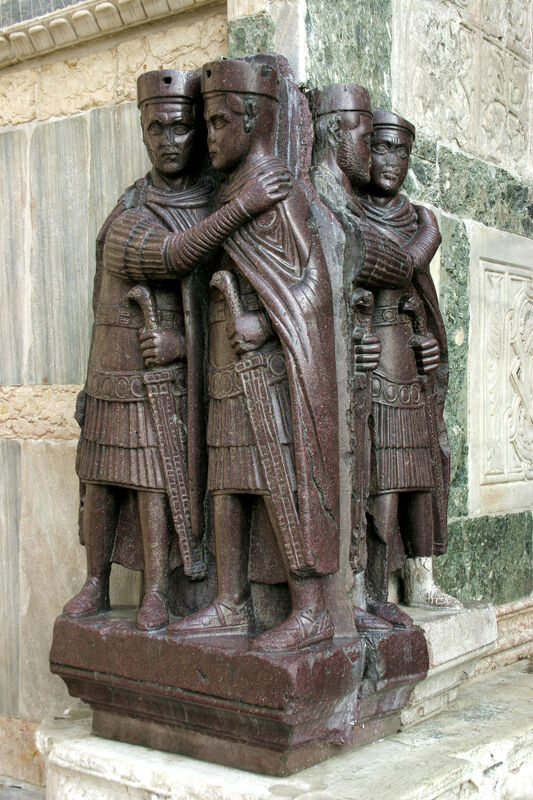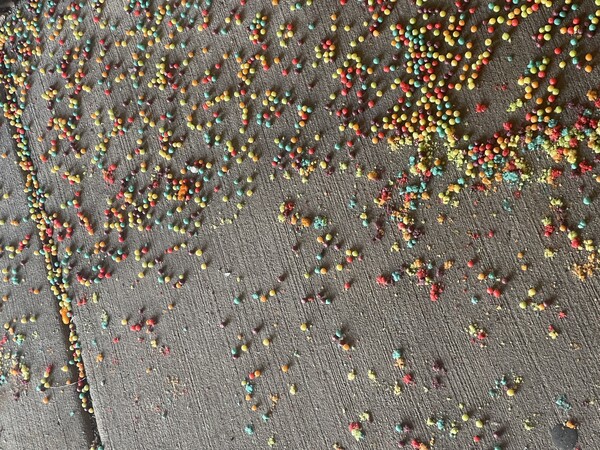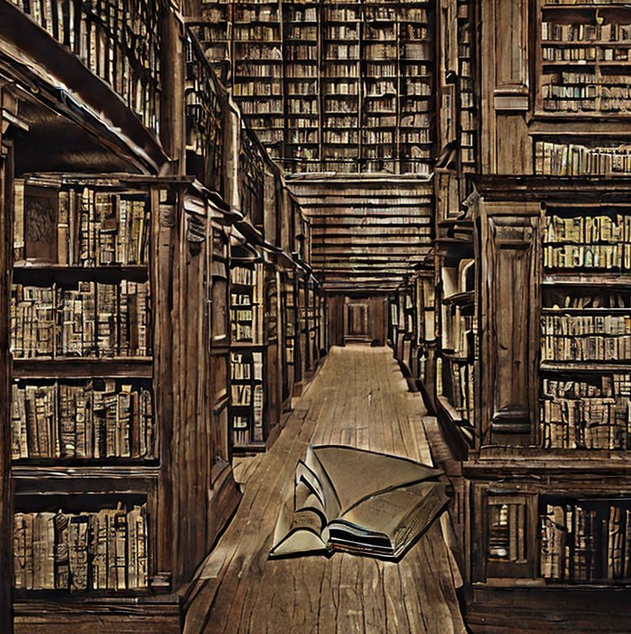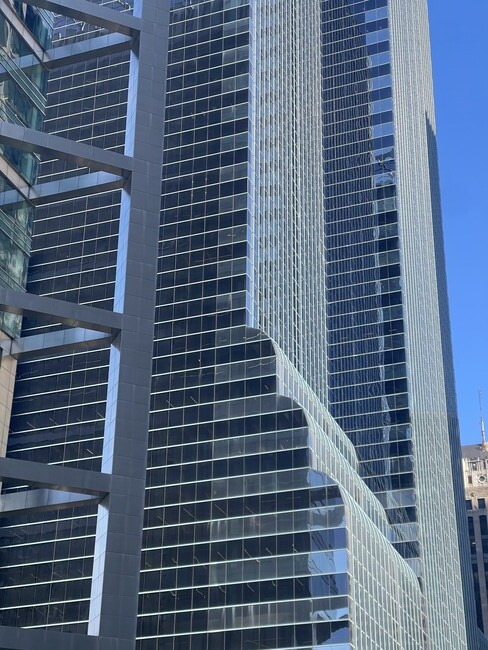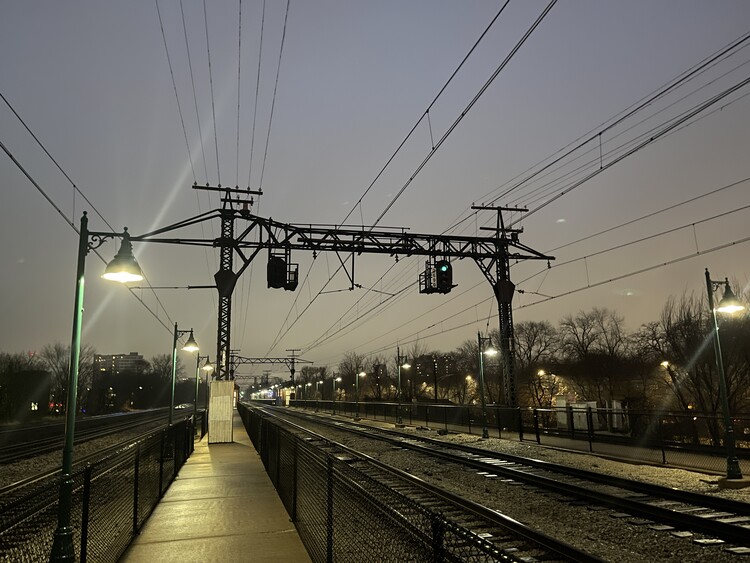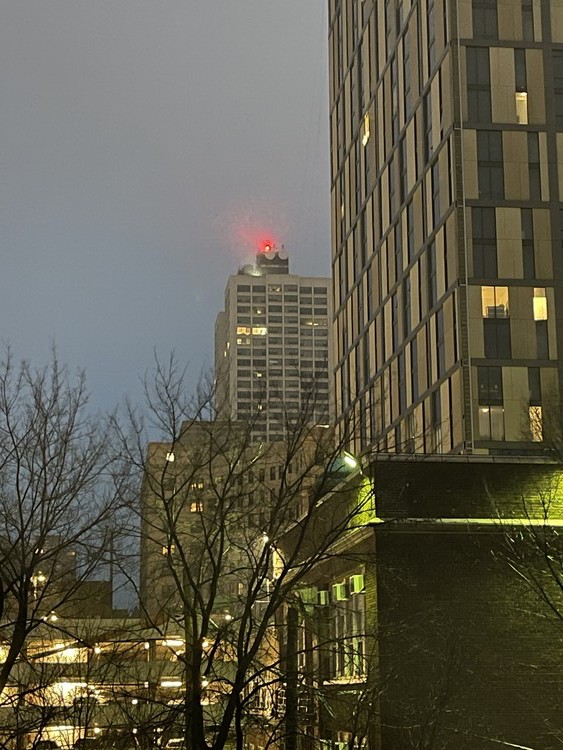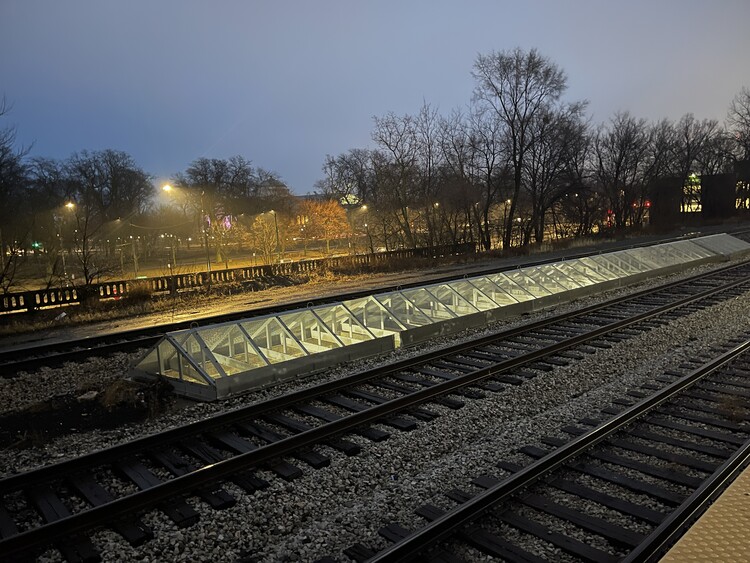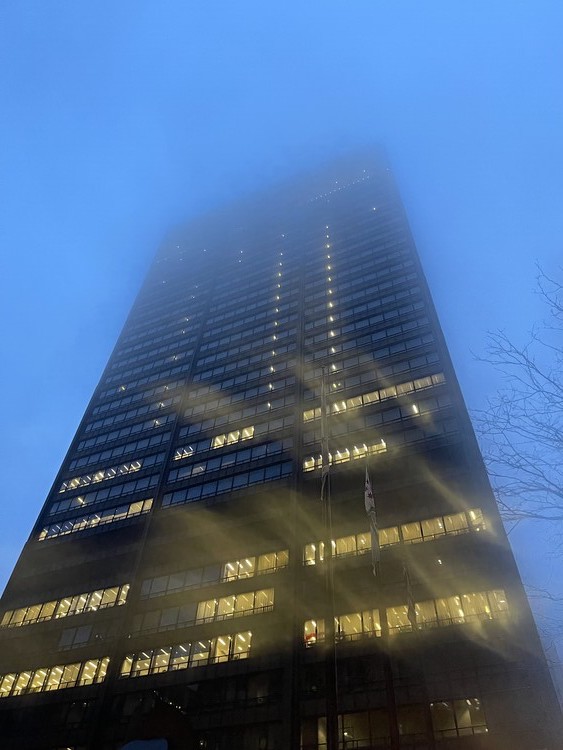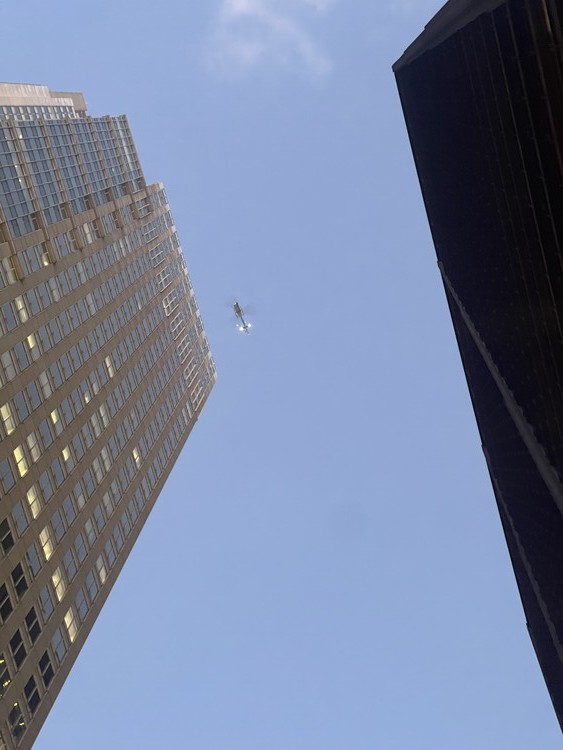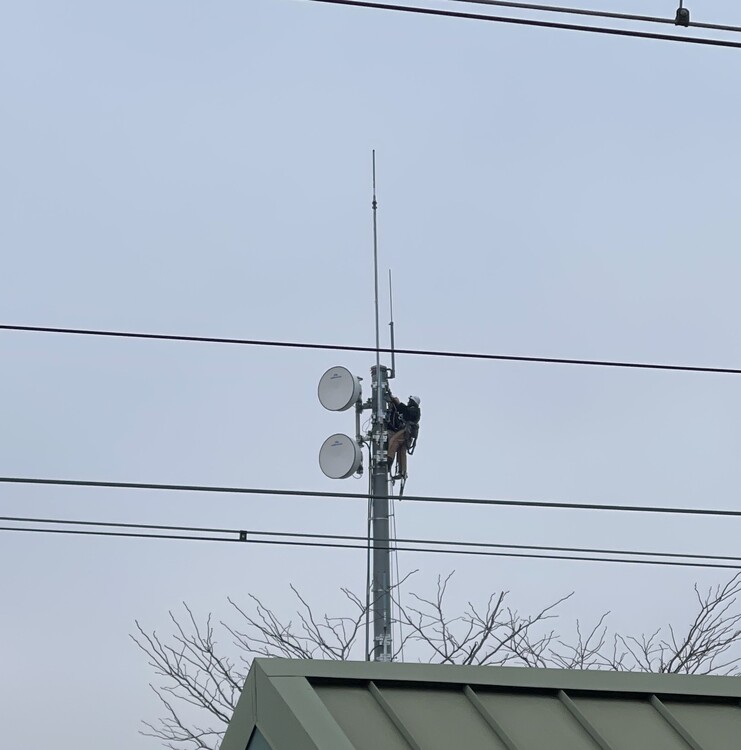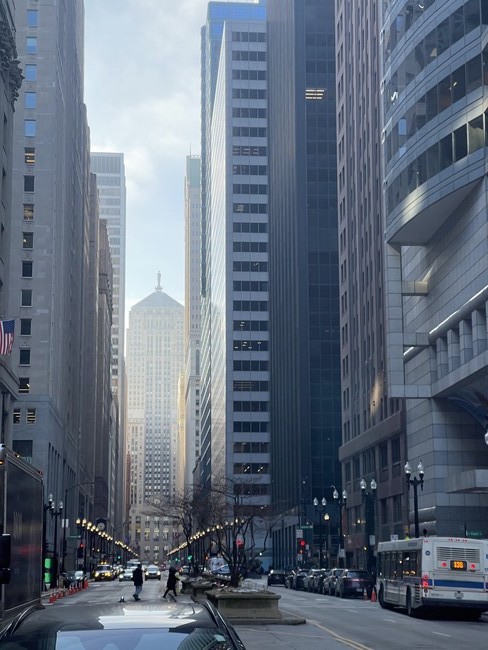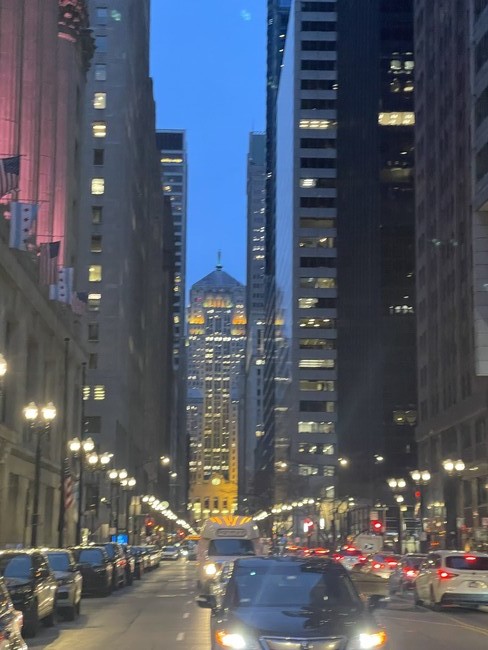Children and the Feeling Computer
Sherry Turkle in The Second Self: Computers and the Human Spirit(1984) on her fieldwork about how children distinguish between humans and computers:
Emotion is the psychological quantity most frequently used to separate the human and the machine. But it is not the only one. David, twelve, a sophisticated programmer, used a concrete language to express a more nuanced set of qualities: “When there are computers who are just as smart as people, the computers will do a lot of the jobs, but there will still be things for the people to do. They will run the restaurants, taste the food, and they will be the oneswho will ove each other, have families and love each other. I guess they’ll still be the only ones who go to church. (62)
1984 was before the internet-driven tech boom, but I see its concepts anticipated in the child’s comments: computers are logical, people are emotional; what distinguishes people is their ability to feel and use the senses; people have bodily and spiritual needs, computers do not. If there is a master message in today’s commercial digital world, it is that computers do stuff so that human beings can do “more important things.” Never mind that the important things are unstated, in theory they include a lot of what the kid mentions. The current excitement about language AI only pushes this same distinction further. Language now falls under the law-like regulation of algorithms; it is time to let machines take that over, too. Turkle concludes:
Read more →